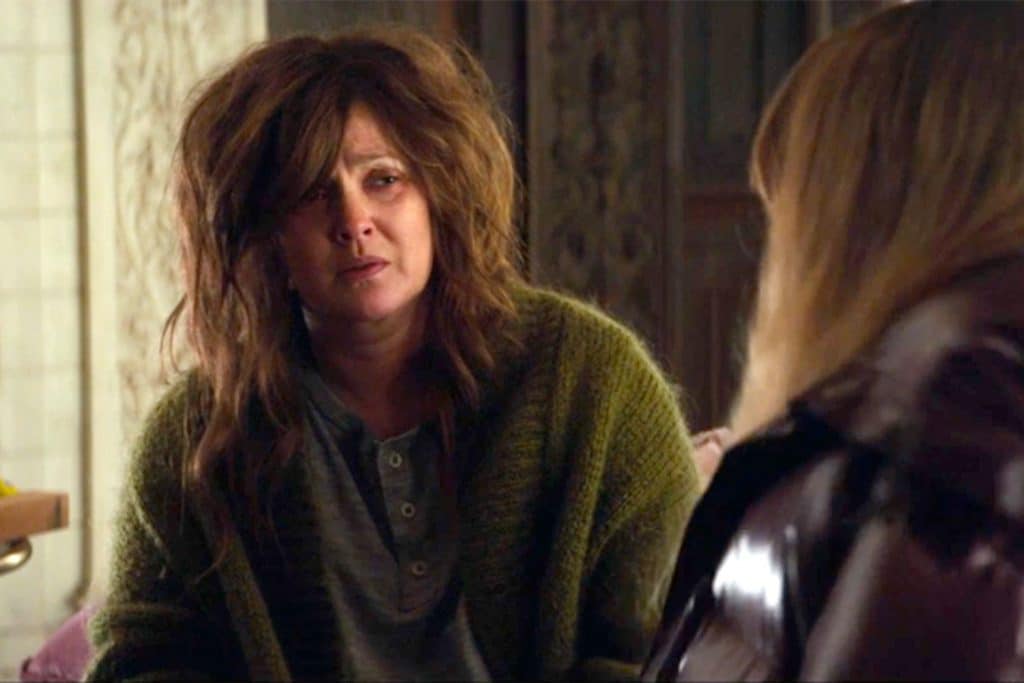Read also:
How to Watch FX Live Without CableHow To Watch AMC Without CableHow to Watch ABC Without CableHow to Watch Paramount Network Without CableDespite Drew Barrymore’s efforts, But I’m a Cheerleader director Jamie Babbit delivers an out-of-touch showbiz satire.
Showbiz satires are tricky to pull off. Play too inside-baseball with your storyline and jokes and everything feels like an inside-gag that most of the audience isn’t a part of. Play it too broadly and the production feels detached from the world it’s lampooning. Every so often, the stars align, and you get a Tropic Thunder, a showbiz satire that’s funny for all viewers. Often, though, you get The Stand In. This newest directorial effort from Jamie Babbit doesn’t have much to offer on its ruminations on the entertainment industry.
The Stand-In concerns Candy Black (Drew Barrymore), a slapstick comedy star in the vein of Chris Farley or Jim Carrey. Though the star of numerous hit comedies, her career gets derailed by an on-set meltdown. Also getting their career derailed is Candy’s on-set stand-in Paula (also Barrymore). Flash-forward five years and Candy calls up Paula to take her place in a court-mandated rehab stay. Struggling to secure any kind of work, Paula accepts the gig.
Afterward, Paula takes up Candy’s identity full-time to engage in an apology tour and a career revival. While Paula enjoys her newfound fame, Candy is doing everything she can to shed her celebrity image. In addition to reverting to her original name, Kathy, she’s also taken up carpentry and hit it off with a guy online named Steve (Michael Zegen). It isn’t a surprise that Paula and Kathy’s opposing directions eventually collide, with Sam Bain’s screenplay even giving Kathy a line referencing the formulaic nature of her dynamic with Paula.

Unfortunately, recognizing a familiar story is familiar doesn’t automatically make it good. The distinctive qualities necessary to make sure The Stand In can overcome its hackneyed starting concept never emerge. Part of this is because the movie struggles to commit to a tone. Occasionally, Bain’s writing involves Paula engaging in seedy behavior like drugging Kathy that teases a darker story. Unfortunately, the script never follows through on these impulses, and they leave as soon as they arrive.
More consistently front-and-center are scenes lampooning celebrity culture. Unfortunately, this satire feels behind-the-times right from the start. Kathy’s movies are ripped from the 1990s while her on-set tirade is reminiscent of Mel Gibson and Christian Bale rants from over a decade ago. Further on, endless name-drops of Instagram as the new high-end social media service only make the project feel even more like a relic. The Stand In frequently feels more like a clip show of pop culture highlights than a cohesive satire.
In the strangest twist of all, this satire reveals that the script’s sympathies lie more with rich people who abuse others than anyone else. The most antagonistic people in the whole movie are everyday folks who want selfies. A close second is the internet mob that’s turned Steve into a reclusive martyr. The Stand In has a low opinion of the public but a whole lot of sympathy for privileged classes, like wealthy celebrities and white dudes.
It’s a dark comedy that refuses to commit to darkness.
That’s ultimately why The Stand In’s celebrity satire doesn’t work as it should: it’s hard to make fun of the powerful when you’re also in love with them. (That unconditional love for celebrities at the expense of everyday people is creepily reinforced by the decision to cast T.J. Miller in a prominent supporting role in the wake of his sexual assault allegations.)
The issues with Bain’s script don’t just center on the satirical comedy. For one thing, there’s the puzzling choice to have Kathy go through her drastic character arc in the five-year time jump at the start of The Stand In. Once she’s transformed from Alec Baldwin to Howard Hughes, there’s nowhere left to take her. This leaves her a stagnant prop constantly reacting to Paula. As a result, attempts in the ending to wring poignancy out of Kathy’s storyline register as utterly hollow, even if Barrymore does fine work creating two distinct personalities.
As for Babbit, she provides solid work particularly through the crisp and controlled camerawork. Her affinity for extended wider shots is an interesting choice, as are the few examples of her engaging in bombastic imagery. Unfortunately, Babbit’s polished work behind the camera sometimes feels ill-suited for the proceedings. The most effective moments of this film involve dark comedy that calls for something grimier visually rather than lighting right out of a glossy photoshoot. It’s a dark comedy that refuses to commit to darkness. Despite Babbit and Barrymore’s efforts, The Stand In ends up making Brad Paisley’s Celebrity look like Barton Fink among showbiz satires.
The Stand In releases this Friday, December 11.